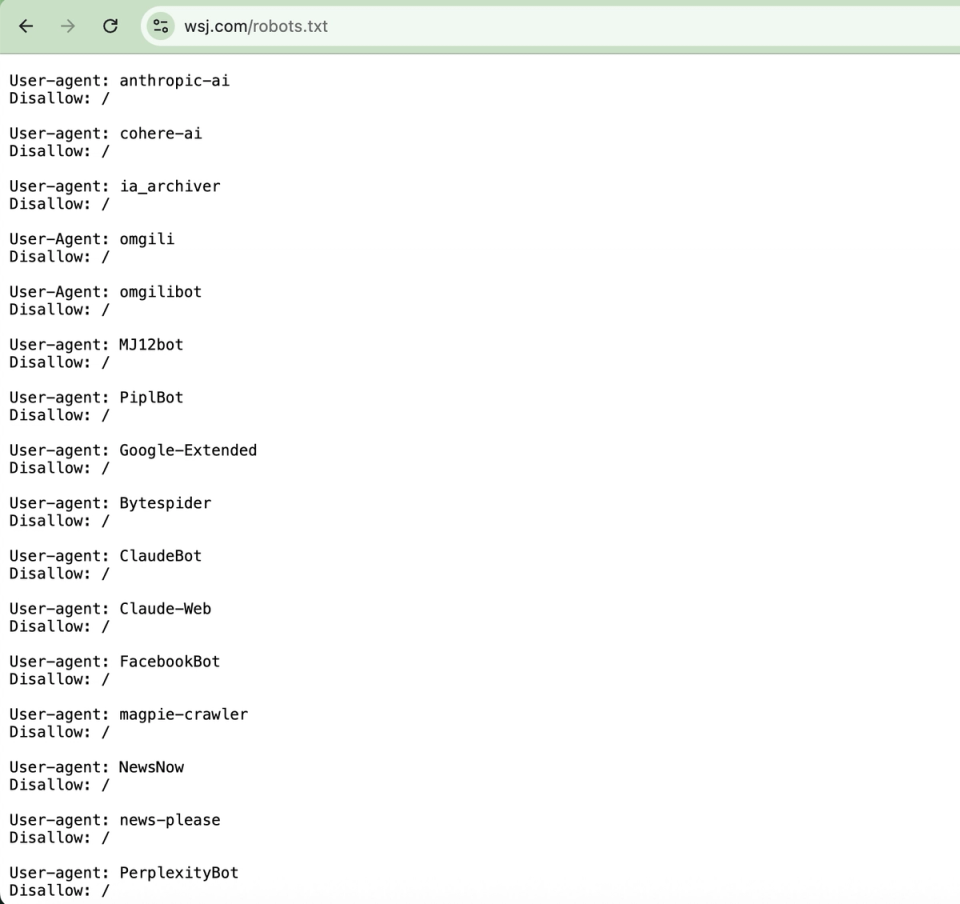Publishers vs. Platforms: The battle for visibility heats up in 1H’2025
The way online content is discovered, consumed, and monetized is undergoing one of the most significant transformations in decades. Traffic, visibility, and revenue: the pillars of the attention economy are being redistributed.
This week’s Wall Street Journal report put real numbers behind what many in the industry have been sensing: AI-powered search is taking a measurable toll on publisher traffic. The culprit? Google’s AI Overviews and other AI tools that surface direct answers instead of links.
According to the WSJ, some publishers are seeing drops in organic search traffic as high as 20% to 60%. The analysis, based on SimilarWeb data comparing April 2022 vs. April 2025, highlights how widespread and painful this shift has become:
- Business Insider: 55% drop in organic traffic; laid off 21% of staff in May
- The New York Times: Share of traffic fell from ~44% to 36.5%; NYT inked a deal with Amazon to license its content in late-May.
- The Wall Street Journal: Organic search traffic was up in April from three years ago, although the share of overall traffic declined to 24% from 29%.
- HuffPost & The Washington Post: Both experienced steep declines of more than 50%; Washington Post partnered with OpenAI in April.
The fallout extends beyond news. Google’s AI Overviews are also cutting into traffic for vacation guides, health tips, and product review sites. And with the upcoming rollout of “AI Mode,” many expect the damage to deepen.
However, Google maintains that AI Overviews are increasing overall search usage and opening up new forms of content discovery. But publishers, many of whom are seeing reduced traffic and engagement, remain skeptical and wary of the long-term impact on their business models.
Why is this happening?
The core issue is behavioral. AI-generated answers often fulfill user intent directly within the search results meaning users don’t need to click through to the source.
- Before: Publishers relied heavily on search engines like Google to drive traffic to their websites. More traffic = more ad impressions = more revenue.
- Now: With AI Overviews and AI answers, users often get what they need directly in the search results, without clicking through to the source.
- Impact: This reduces publishers’ traffic, undermines their ad revenue, and shifts value away from original content creators toward platforms with AI-powered interfaces.
In summary, what used to be a click now ends with a glance and what used to drive revenue now evaporates into zero-click summaries. Gartner flagged this trend as early as 2024, forecasting that by 2026, traditional search engine volume will decline by 25%.
Insights from Scrunch
Many top-tier publishers have blocked AI crawlers, agents, and bots in order to protect their paywalled content and preserve licensing leverage. While this makes sense from a business perspective, it also creates a vacuum in the AI Search ecosystem.

New opportunities for Tier 2 publishers, blogs, and niche content sites, are increasingly filling this gap and becoming relevant. AI-generated responses also lean more heavily on freely accessible sources. This creates an unexpected opportunity for publishers and brands who aren’t behind a paywall: they’re more likely to be surfaced, cited, and linked in AI Overviews and outputs.
Questions for marketers, creators, and publishers:
- Are you optimizing for AI Search visibility or unintentionally invisible to AI discovery?
- Check out our Guide to AI User Agents for more information. We always recommend starting with a review of your site’s robots.txt file.
- Is your content strategy aligned with this new distribution reality?
- What’s the tradeoff between content control and content exposure in the AI age?
In summary, this tiering dynamic (where tier 1 blocks and tier 2 rises) could reshape who gets visibility, authority, and influence in the next chapter of web discovery. At Scrunch, we’re helping our clients navigate that shift by identifying where they’re being cited, who’s filling the gaps, and how to stay competitive in an AI-reshaped landscape.
Interested in learning more? Book a meeting today.